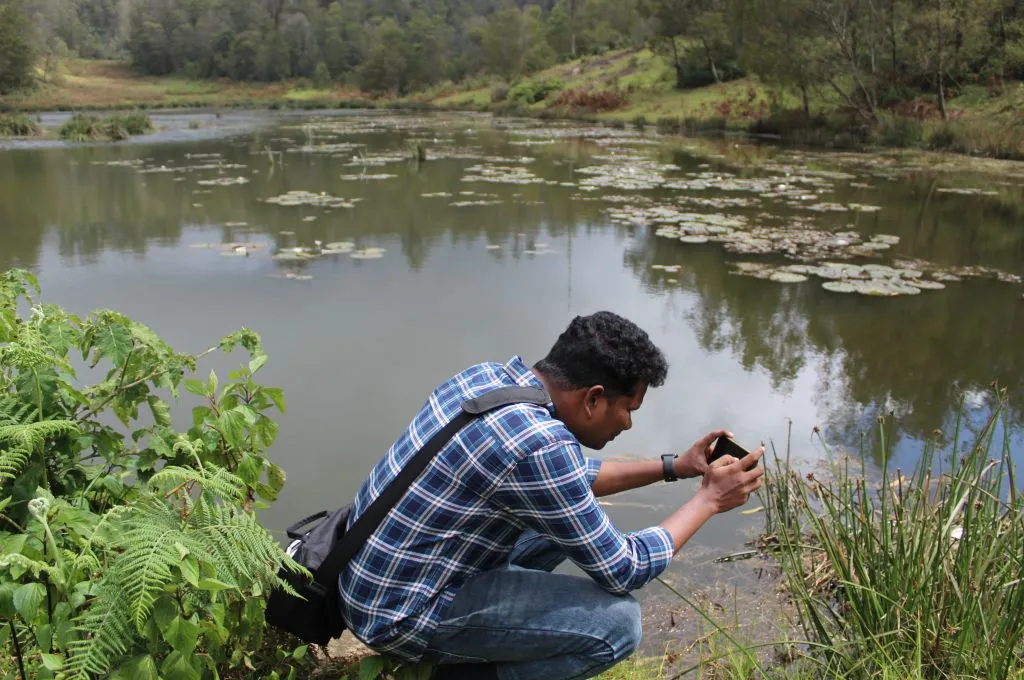Rewind to March 2011 when I first started fundraising for a nonprofit. This was well before the Companies Act 2013, when only a few corporate foundations were interested in contributing to the social sector. Back then, for corporates, the decision to contribute was usually based on nonprofits that board members or senior management teams were aligned to.
As a fundraiser, with little access to the senior team in the company, the entry point was the officer managing the company’s philanthropy, who was usually housed somewhere between the HR team and the Public Relations team, often in an office in one corner.
It was a challenge to negotiate one’s way through this labyrinth, resulting in many futile meetings.
Things have changed
With the advent of the Companies Act 2013 many more companies began to look at the social sector more seriously.
Companies began to appoint designated staff to address this role, often internal staff who had interest in the sector, but not necessarily knowledge or experience of the same. These well-meaning individuals formulated the CSR plan for the company based on their personal preference, with not much evidence to back their decisions.
I recall one corporate donor who was supporting our adolescent health programme insisting that we also provide skill building and employment to a large percentage of the people reached. With little funding coming to adolescent health at the time, we accepted the mandate, but learnt many bitter lessons from the same.
In the past few months, I have noticed that fundraising meetings today look and sound like nothing short of the final round of an interview.
Related article: Making the CSR mandate matter
However, things have changed since then. It’s been three years now that the Companies Act has been in operation. We are increasingly seeing that large and medium-sized corporates, with or without dedicated corporate foundations, have understood the law, decided on their focus areas, appointed qualified staff in the CSR role and, most importantly, engaged their board in the grant-making process.
Corporates getting more involved in CSR is actually a very good thing for some nonprofits. For those that have the necessary resources at their disposal, raising funds from companies today is much easier than ever.

Photo Courtesy: Charlotte Anderson
But it’s not all positive
In the past few months, I have noticed that fundraising meetings today look and sound like nothing short of the final round of an interview; with board members, CSR staff and other executives—some of whom are sitting in front of you, some streaming live from other locations and some dialed in though a conference call —all of whom are shooting questions at you.
How will these organisations answer questions on financial sustainability, and risk management etc when they don’t have the wherewithal to put all these systems in place?
The nature of these questions and the order in which they appear are important to note. More and more, nonprofits are being asked about everything organisational: from detailed discussions on the background of their trustee board and management team, to the organisation’s financial sustainability, to risk management processes, to human resource management, to impact measurement and a host of other management details.
After this process is complete, and the questions answered satisfactorily, there is a short discussion on how exactly the nonprofit runs it programmes on the ground.
Related article: Listen to nonprofits
This emerging trend—in which corporates assess a nonprofit partner’s organisational capacity before looking at their impact on the ground—is worrisome for a large majority of nonprofits who do high quality work on the ground, but lack the managerial skills to maintain complicated excel sheets or make fancy power point presentations.
These nonprofits may have passionate founders with incredible depth of ground-level knowledge and experience, but little capacity to meet the demands of large corporates with complex reporting systems and governance standards. This is especially true as you move away from the large metros into the interiors of India.
If we want the benefits of the Act to reach more than just the nonprofits with resources, we are going to need the corporate sector to step in and help.
How will these organisations answer questions on financial sustainability and risk management when they don’t have the wherewithal to put all these systems in place? Will they even get past the first introductory meeting and face off with a room full of articulate and demanding corporate executives? The fear is that such nonprofits may shut shop simply because of their inability to manage the corporate world.

When it comes to the changing CSR-nonprofit relationship, are we missing the woods for the tree?
What corporates can do to help
If we want the Companies Act to benefit more than just the nonprofits with resources, we are going to need the corporate sector to step in and help. Here are some things they can start with:
- Listen to your nonprofit partner: Corporates can invest the time and resources to understand the operating model of their nonprofits. They should ask about the context of their work, the change they are seeking to make on the ground, the challenges the teams face, and what motivates them to pursue their work against all odds. By listening to these aspects of the nonprofit’s work, corporates can establish themselves as true partners in the mission.
- Support capacity building efforts: There are several ways in which corporates could help build a nonprofit’s organisational capacity. Some of these are: sending employees as fellows on a long-term sabbatical to work in nonprofits, pro-bono training in areas like HR and accounting, and supporting higher education or technical skill-building for nonprofit employees.
- Engage employees in volunteering activities that are beneficial to your nonprofit partner: When SNEHA (a Mumbai-based nonprofit where I work) wanted to do a risk assessment of their organisations, a large accounting firm agreed to take it on as an employee volunteer activity. This allowed SNEHA to have four senior executives working closely with them for a year to institutionalise risk management into their operations. The net result was an understanding of the application of risk to SNEHA, a risk mitigation plan, staff training on identification and reporting of risks, and more robust operations and safety guidelines.
Related article: Employee engagement – What it takes to run a large scale programme
- Outsource back-end services: If possible, corporates could help their nonprofit partners outsource functions like HR, Finance, Communication, Fundraising etc and get CSR to cover the costs. This approach worked well for SNEHA. When they were struggling to get salaries out on time to their 400+ staff, they outsourced the activity to a BPO, not only reducing overall cost but substantially improving efficiency.
These are but a few ways to support capacity building of nonprofits to meet the exacting standards of corporate donors. Many will argue that corporates also have a bottom-line and are accountable to shareholders and cannot allocate resources to building nonprofit capacity. While this might be true, investing today in human capital, the environment, human rights, and a host of other issues, will give corporates their markets for tomorrow.
Our decisions today will impact all our lives tomorrow.





